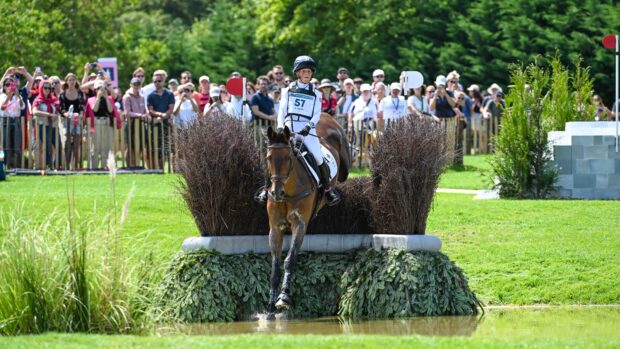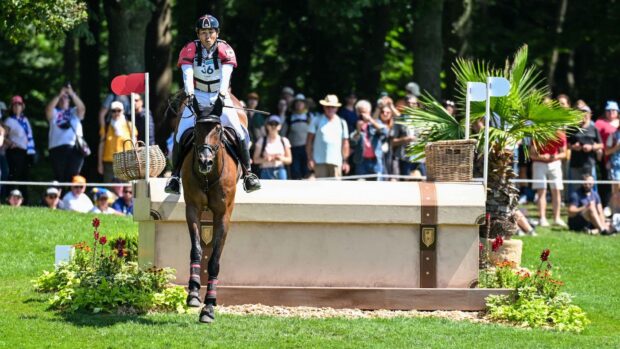A revised code of conduct is aimed to help make farriers’ lives easier – by highlighting the client’s responsibility to provide a safe working environment.
The Farriers Registration Council (FRC) has laid out its existing guidelines, formerly in several booklets, in a clear format on its website.
As well as emphasising the need for better communication between farriers, vets and horse owners in order to promote horse welfare, the guide includes a section on the conditions clients should provide.
These include:
- a clean, dry standing area with good light and a non-slip surface
- a secure, safe ring to which the horse can be tied
- protection from rain, wind and bad weather
- a properly fitted, sound headcollar with a good rope of adequate length
- competent assistance
Dyfed-based farrier Grant Lewis cites the most difficult working conditions as uneven ground, open fields or gravel surfaces. Not surprisingly, a note from an owner telling him to catch the horse himself is also an unwelcome discovery, but one that does still occur. However, he has noticed an improvement during his 13-year career.
“There are people in every area with a lack of respect for farriers,” he says. “I won’t tolerate as much as I used to, especially with an apprentice, as you have to be thinking of them, too.”
FRC registrar Miles Williamson-Noble hopes that the guide will also help ease tension between farriers and vets by clarifying the position in the case of referrals and second opinions.
“The aim is to encourage professionalism in farriery,” he says. “Farriers, clients and vets need to talk to each other more, and with mobile phones there’s no excuse for them not to do so. Also, [clients need to know that] it’s not reasonable to expect farriers to shoe young stock for the first time in a field when it’s getting dark.”
The guidelines can now be viewed in full at




